I admit it – I hate sampling. Knitting a gauge swatch feels like physical torture so I solved that problem: my sleeve is my swatch and I am willing to start over and unravel a sleeve if necessary. I feel much the same way about sampling for weaving, so most of my samples are at the end of my warp or in my kitchen as my personal 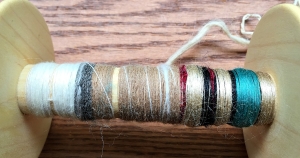 dish towels. But sampling for spinning is different for me. I want to sample my spinning to learn to spin in new ways, to give me more control of my end result, and so I can maintain a consistent thickness through 900 yards of yarn. This month I have been on a sampling binge.
dish towels. But sampling for spinning is different for me. I want to sample my spinning to learn to spin in new ways, to give me more control of my end result, and so I can maintain a consistent thickness through 900 yards of yarn. This month I have been on a sampling binge.
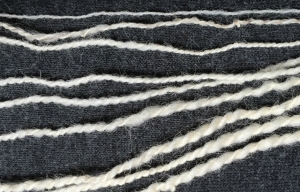 First, I took a wonderful set of classes from Judith McKenzie at the Nordic Heritage Museum in Ballard. During one class, we learned to spin a very fine lace yarn. That lesson was really a lesson in controlling our wheels and our spinning technique. Judith carefully walked us through the mechanics of creating fine yarns from various fibers. While we spun, we sampled. We learned the best place to sample (between the bobbin and the flyer), what to do when your sample fights you (hang your orifice hook on it), and how to control your spinning through control of your wheel. I can’t tell you what a wonderful teacher Judith is. If you can take a class in person, I recommend it highly. She also has a new DVD out (Spinning Primitive Breeds).
First, I took a wonderful set of classes from Judith McKenzie at the Nordic Heritage Museum in Ballard. During one class, we learned to spin a very fine lace yarn. That lesson was really a lesson in controlling our wheels and our spinning technique. Judith carefully walked us through the mechanics of creating fine yarns from various fibers. While we spun, we sampled. We learned the best place to sample (between the bobbin and the flyer), what to do when your sample fights you (hang your orifice hook on it), and how to control your spinning through control of your wheel. I can’t tell you what a wonderful teacher Judith is. If you can take a class in person, I recommend it highly. She also has a new DVD out (Spinning Primitive Breeds). 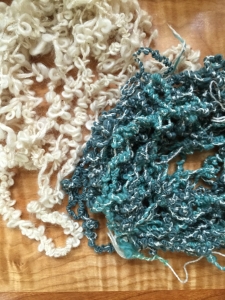 Her book/DVD The Intentional Spinner is just now out of print, so check your local yarn shops for a copy before they run out!
Her book/DVD The Intentional Spinner is just now out of print, so check your local yarn shops for a copy before they run out!
I also took a class at Madrona from Sarah Anderson. A wonderful spinner with a great book (The Spinner’s Book of Yarn Designs), Sarah was teaching a class on boucle yarns. I will probably never spin another boucle yarn (some techniques just aren’t for me, I think) but I again learned a lot about wheel control from the class. 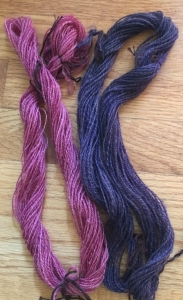 My pocket wheel is very portable and a real trouper, but if I am doing something that requires fine control, I think my Matchless will be the wheel I take.
My pocket wheel is very portable and a real trouper, but if I am doing something that requires fine control, I think my Matchless will be the wheel I take.
As a result of playing around in these classes, I came home and embarked on some sampling for our local chapter of the Northwest Regional Spinners Association (NwRSA). First up: our local wool dyed with natural dyes. I took the Indigo and Cochineal wool. Second: a friend’s Icelandic herd fleeces – 5 colors with outer and under coats for each. (In the photo, the green arrows point to 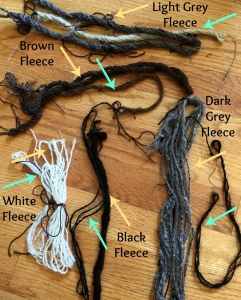 the outer coat samples and the yellow arrows point to the under coat.) The Icelandic breeds have a complex fleece and a truly knowledgeable person can separate them into several coats, each of which provides the spinner with a different yarn. I settled for 2. Lastly, I spun some tail spun locks in vibrant colors as a fun exercise and also from our local sheep. The result just made me smile!
the outer coat samples and the yellow arrows point to the under coat.) The Icelandic breeds have a complex fleece and a truly knowledgeable person can separate them into several coats, each of which provides the spinner with a different yarn. I settled for 2. Lastly, I spun some tail spun locks in vibrant colors as a fun exercise and also from our local sheep. The result just made me smile!
Of course, sometimes sampling can lead you down a (joyful) garden path – as I am now committed to spinning a lot more of that tail spun locks for the Vashon Sheepdog Trials. What a great excuse for spinning!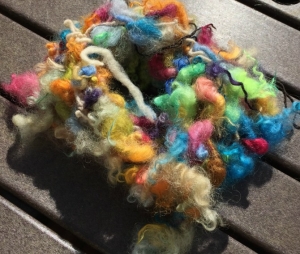
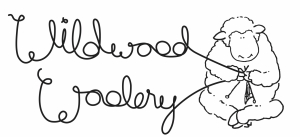

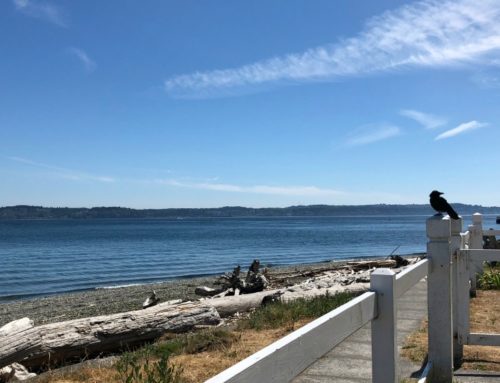
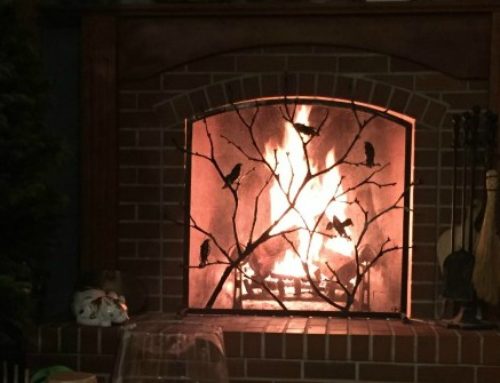



Leave A Comment